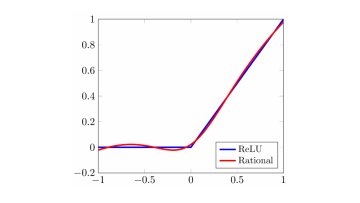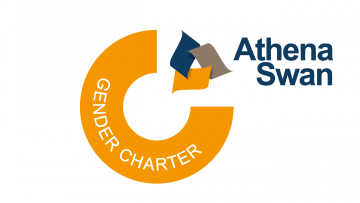14:30
Numerical analysis of a topology optimization problem for Stokes flow
Abstract
A topology optimization problem for Stokes flow finds the optimal material distribution of a Stokes fluid that minimizes the fluid’s power dissipation under a volume constraint. In 2003, T. Borrvall and J. Petersson [1] formulated a nonconvex optimization problem for this objective. They proved the existence of minimizers in the infinite-dimensional setting and showed that a suitably chosen finite element method will converge in a weak(-*) sense to an unspecified solution. In this talk, we will extend and refine their numerical analysis. We will show that there exist finite element functions, satisfying the necessary first-order conditions of optimality, that converge strongly to each isolated local minimizer of the problem.
[1] T. Borrvall, J. Petersson, Topology optimization of fluids in Stokes flow, International Journal for Numerical Methods in Fluids 41 (1) (2003) 77–107. doi:10.1002/fld.426.
A link for this talk will be sent to our mailing list a day or two in advance. If you are not on the list and wish to be sent a link, please contact @email.
Deep learning has become an important topic across many domains of science due to its recent success in image recognition, speech recognition, and drug discovery. Deep learning techniques are based on neural networks, which contain a certain number of layers to perform several mathematical transformations on the input.
The Athena Swan Charter is a framework which is used across the globe to support and transform gender equality within higher education (HE) and research.
15:15
Factors in randomly perturbed graphs
Part of the Oxford Discrete Maths and Probability Seminar, held via Zoom. Please see the seminar website for details.
Abstract
We study the model of randomly perturbed dense graphs, which is the union of any $n$-vertex graph $G_\alpha$ with minimum degree at least $\alpha n$ and the binomial random graph $G(n,p)$. In this talk, we shall examine the following central question in this area: to determine when $G_\alpha \cup G(n,p)$ contains $H$-factors, i.e. spanning subgraphs consisting of vertex disjoint copies of the graph $H$. We offer several new sharp and stability results.
This is joint work with Julia Böttcher, Olaf Parczyk, and Jozef Skokan.



